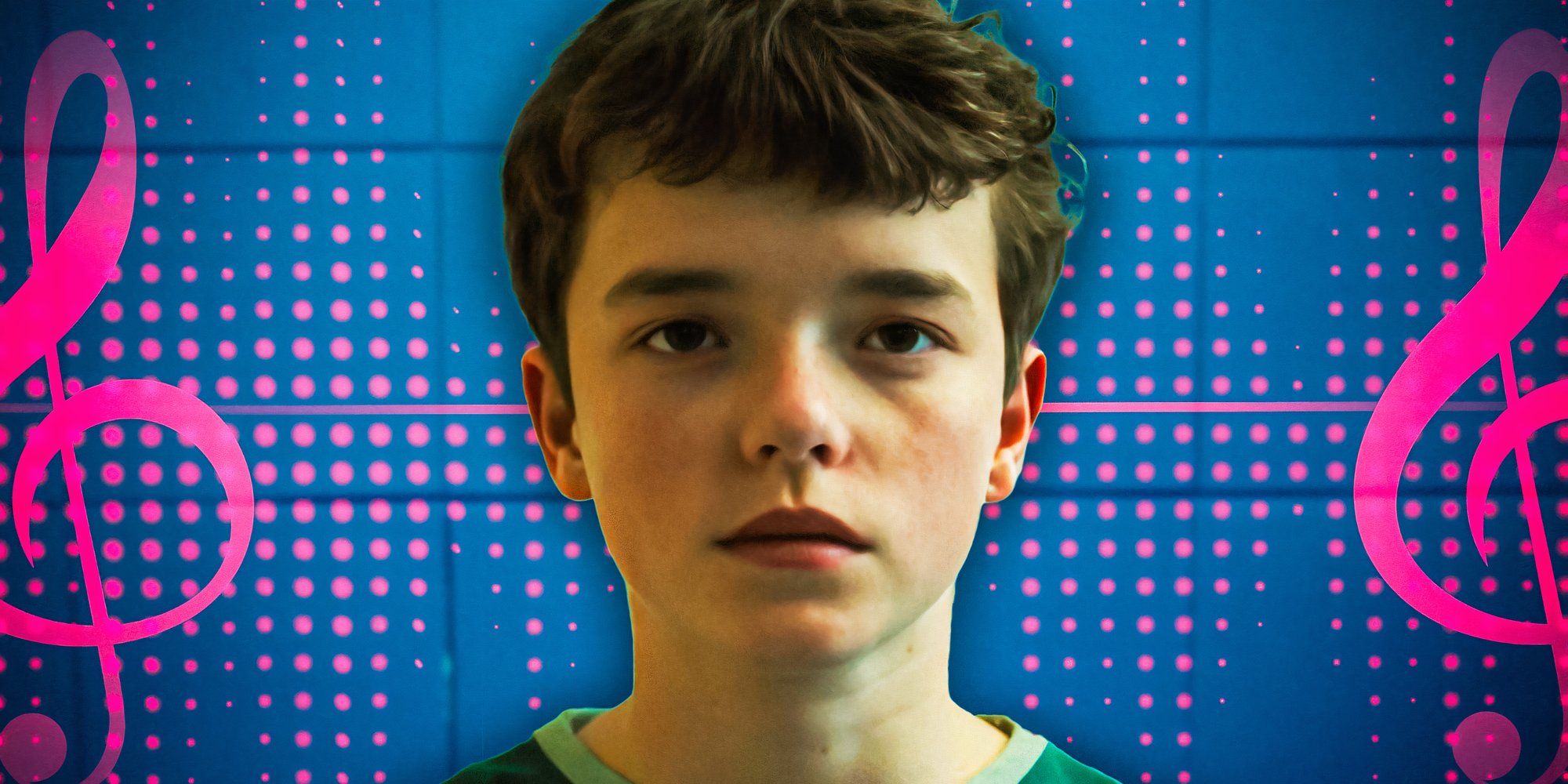
The ending of Adolescence features the most heartbreaking scene, elevated by the show’s smart soundtrack, which has a hidden purpose. While she is an important member of Adolescence‘s cast of characters, Katie’s screen time is reduced to two pictures and the CCTV video of her murder. Though this may initially seem like a hurtful act of erasing the victim, actress Emilia Holliday’s lack of on-screen presence actually fulfills a larger purpose within the narrative — and Adolescence‘s songs reveal how Katie is actually the one anchoring the show at all times.
All The Songs Featured In Adolescence & When They Play
Adolescence’s Songs Come At Key Moments & Have Deeper Meanings

Other than the non-lyrical melodies that accompany tense moments of the show, Adolescence uses three familiar songs in key moments. At the end of episode 2, a cover of Sting’s “Fragile” plays as one of Adolescence‘s one-shots travels to the parking lot where Katie was stabbed. Notably, there’s a playground right next to the site, and some students stop by to leave flowers. Barantini asked the school’s choir to sing the cover, which heightens the mournful lyrics — now used to lament violence enacted by and towards children.
During the Millers’ family drive in episode 4, Lisa plays “Take On Me” by A-ha as Manda reminisces over her and Eddie’s adolescence.
Adolescence‘s last song is the most affective, playing as Stephem Graham’s Eddie cries disconsolately in Jamie’s bed. AURORA’s “Through the Eyes of a Child” starts playing as he opens the door to his son’s room. Lyrics like “I would rather see this world through the eyes of a child” hit deeper when contrasted with Jamie’s view of the world, which led him to commit murder. It’s meaningful that the song plays inside his bedroom, a place thought to be safe for children, but which is where he was radicalized by the incel propaganda explained in Adolescence.
Adolescence’s Music Includes The Voice Of Katie’s Actor, Emilia Holliday
Katie Is Able To Speak Through Several Songs In Adolescence
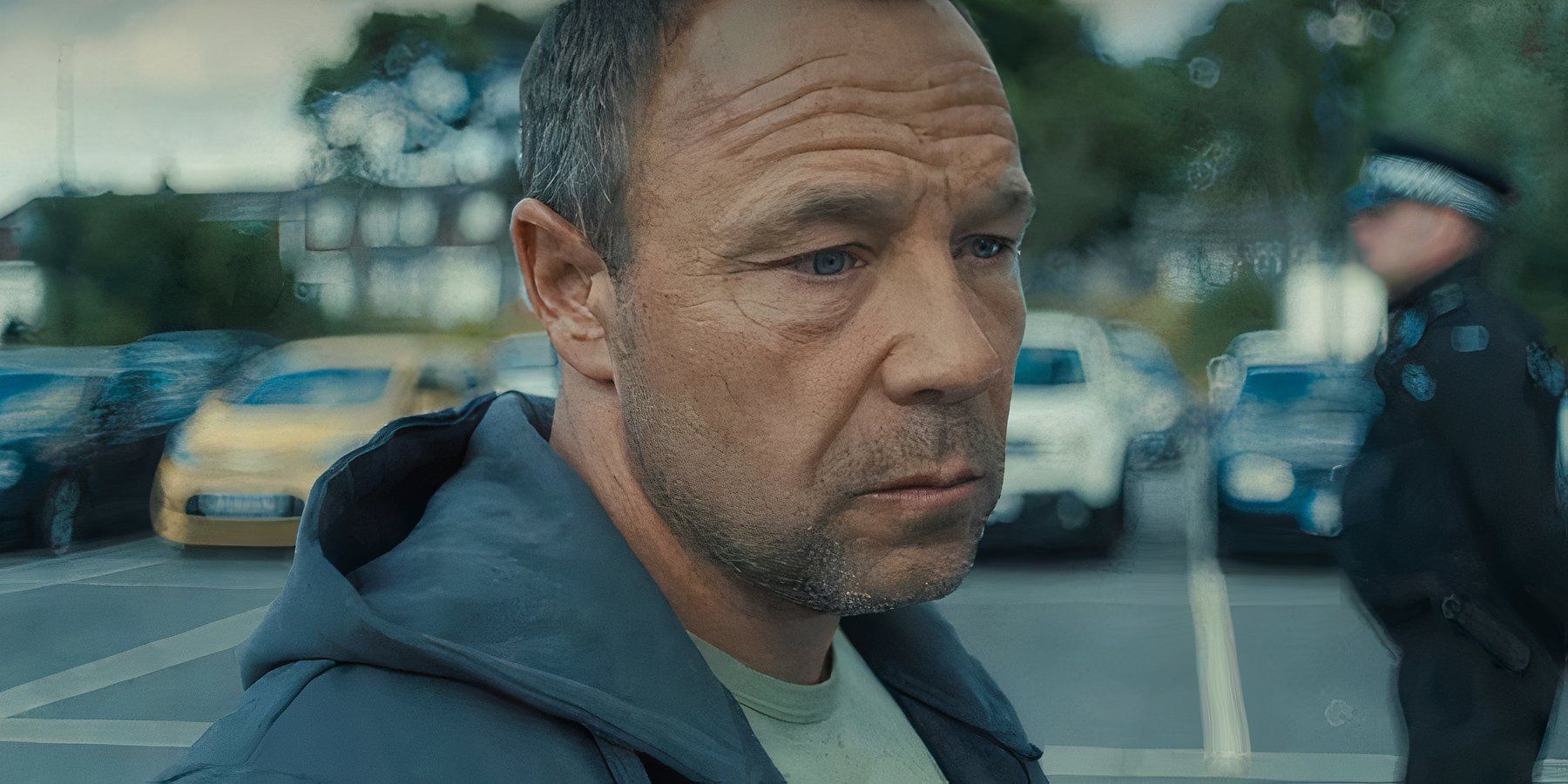
Speaking with Tudum, Barantini revealed the voice in Adolescence‘s score is Katie’s, making its presence heard in key moments. In tracks like “Adolescence”, “… Do You Believe Me?”, “Walk Back To Class,” and “Eddie Breaks,” actress Emilia Holliday, who plays Katie, performs the vocals, which sound like a sombre and mournful hum. In this way, Katie’s “presence is always there.” Even if she’s gone in body, characters like the court psychologist and Jamie’s dad are accompanied by Katie’s weak hum as they deal with the aftermath of Jamie’s actions, reminding the viewer that the girl’s death drives the show.
The Importance Of Katie’s Presence Being Throughout Adolescence
Katie’s Extinguished Voice Haunts The Characters
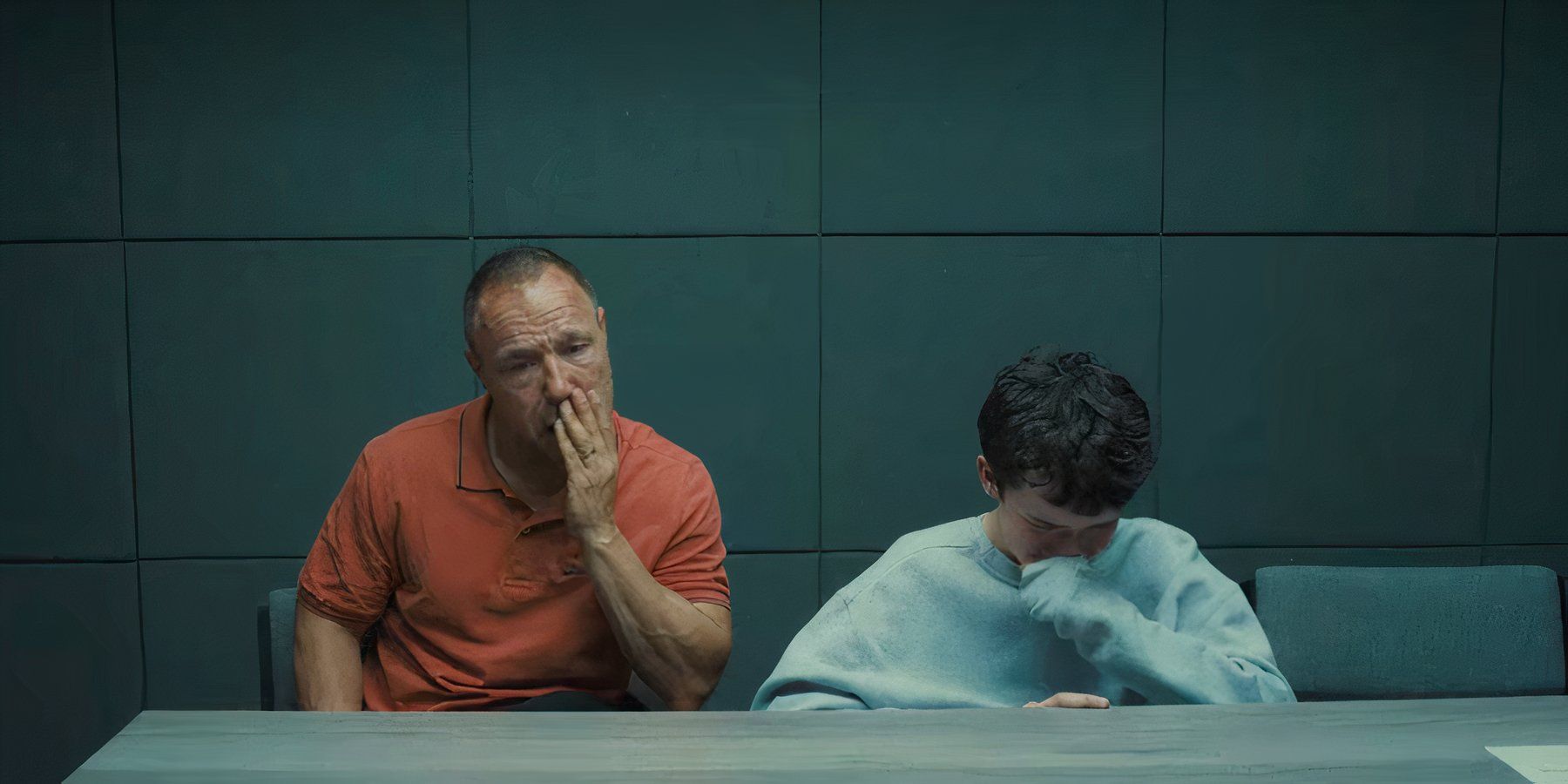
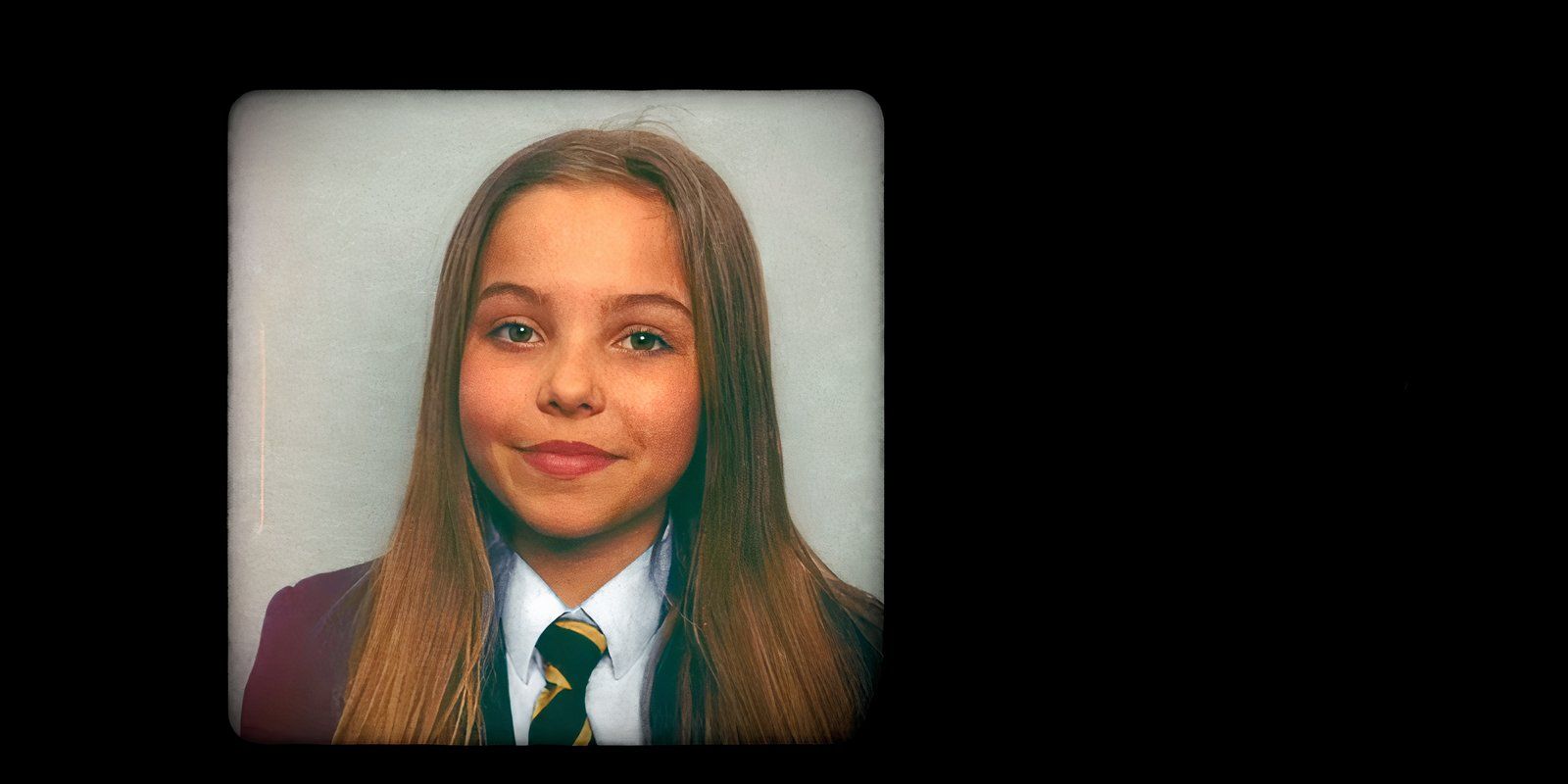
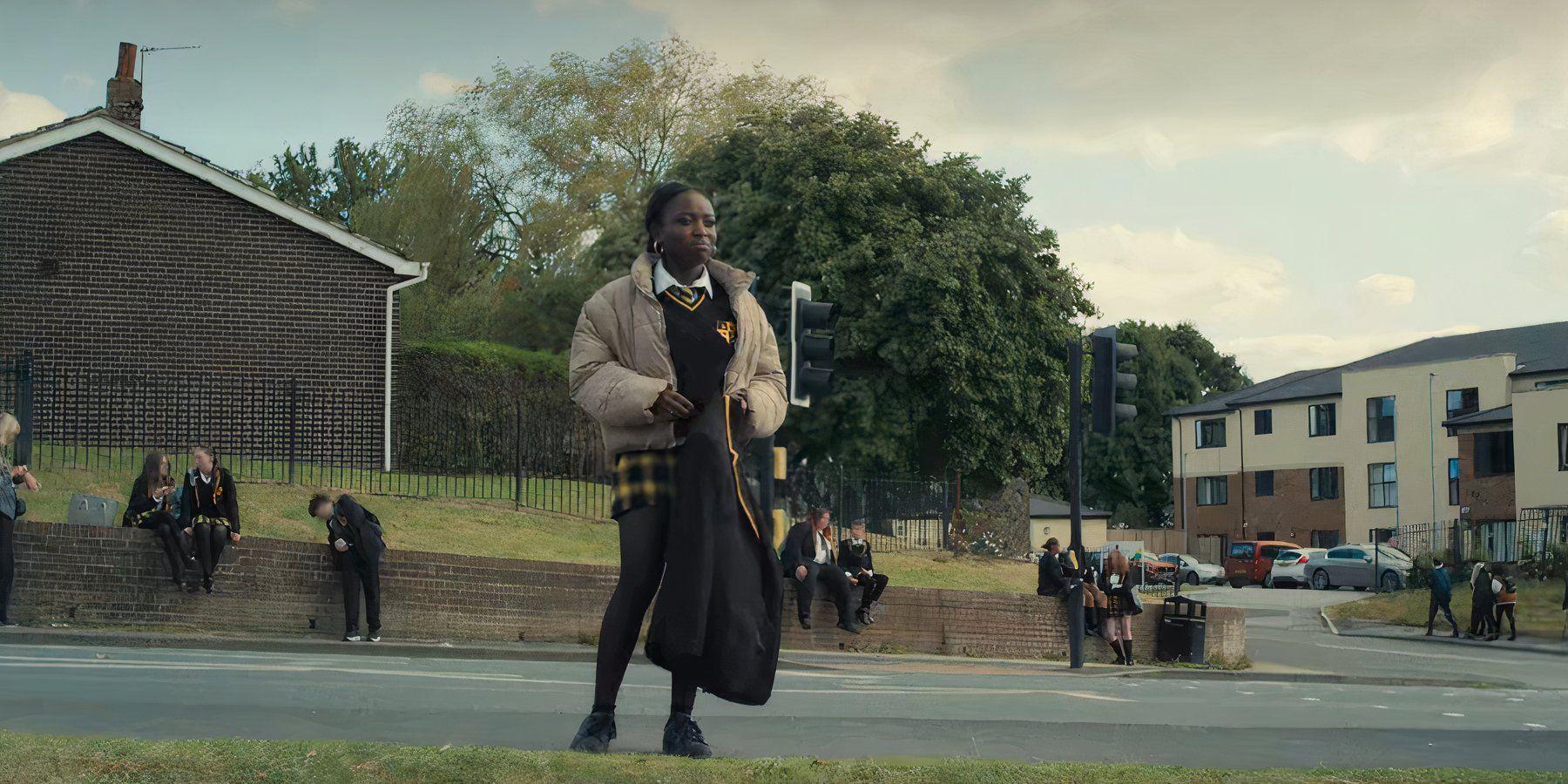
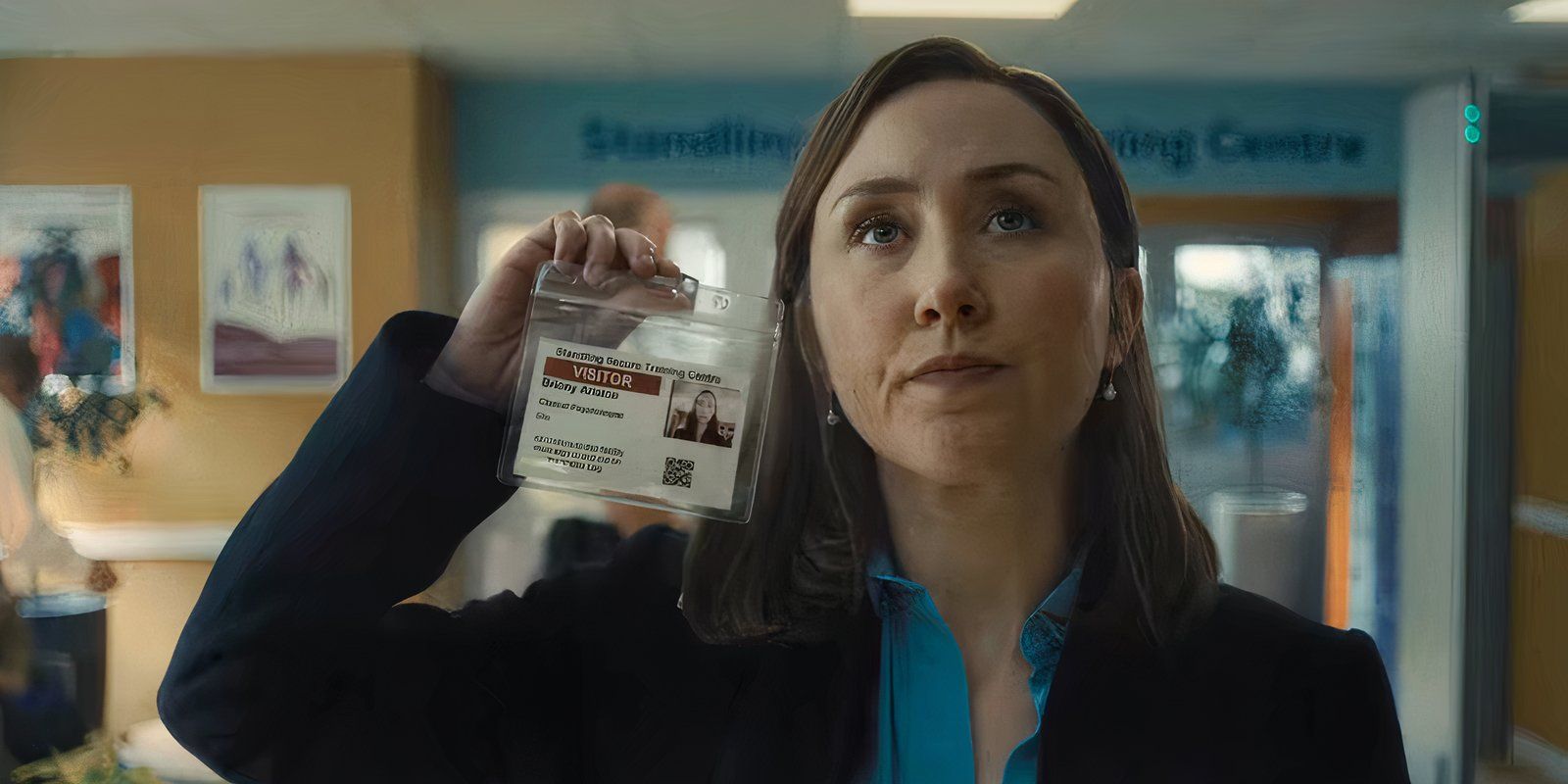
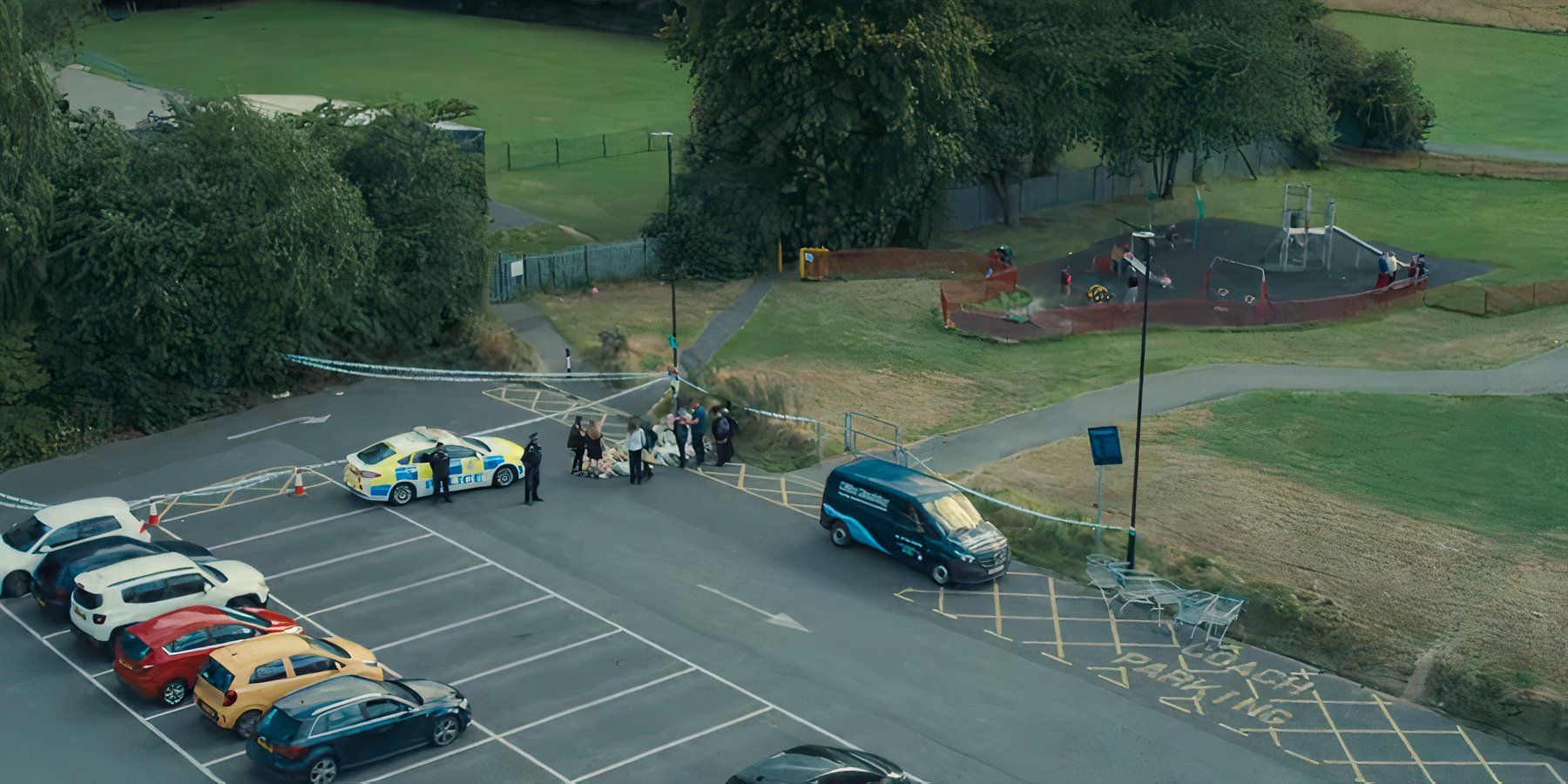
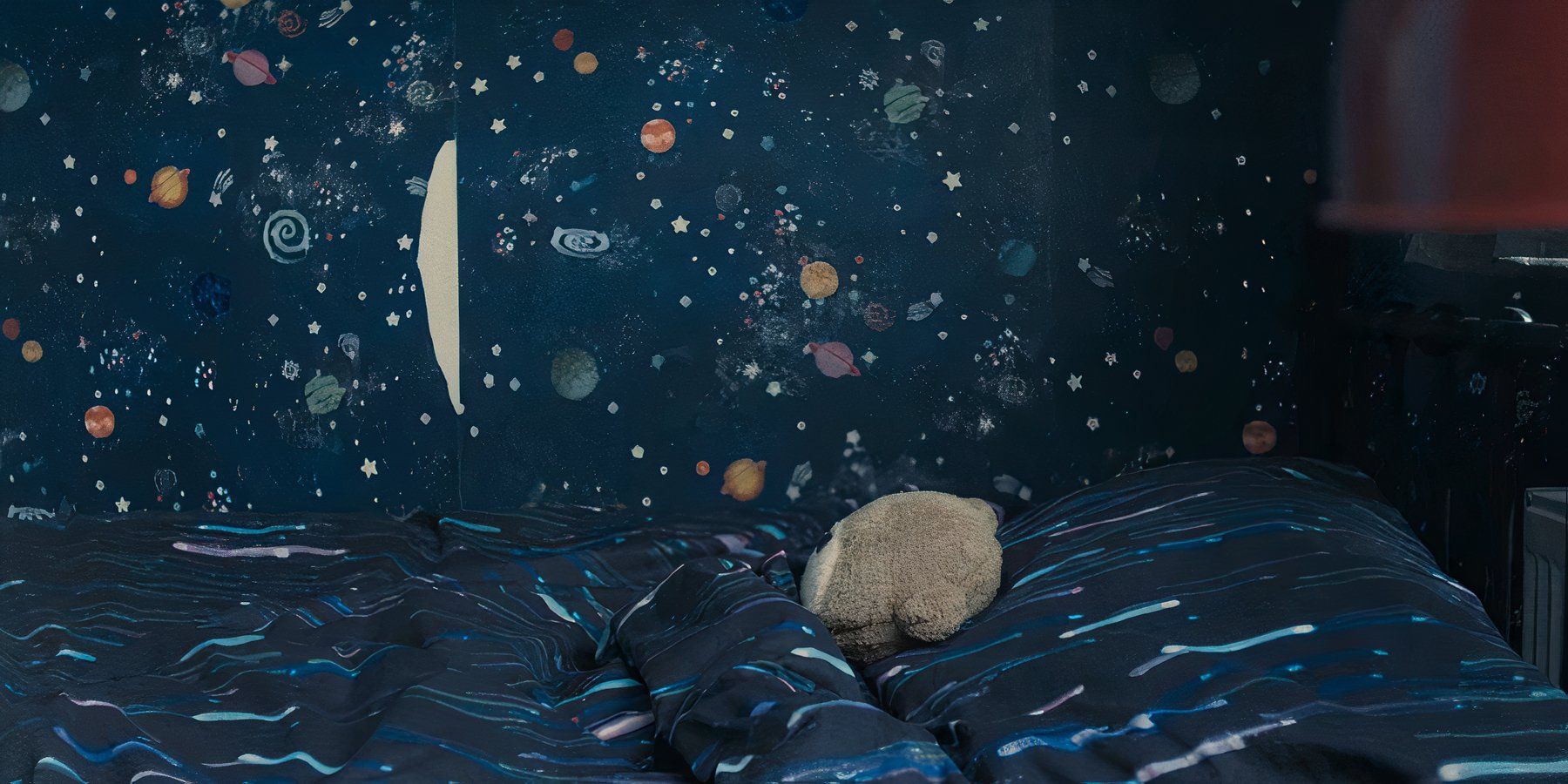






As a true story served as inspiration for Adolescence, the show’s primary focus was to unpack the manosphere in an attempt to understand how it’s leading teens into committing heinous acts of gender violence. The absence of Katie’s perspective, or even her parents’, has been criticized as a form of erasing the victim to focus on the perpetrator. However, though Katie’s absence is jarring, it works to heighten the finality of her death. Still, by having Holliday sing in the show’s score, creators make sure Katie’s extinguished voice gets an outlet.
Detective Misha Frank laments, “Katie isn’t important, Jamie is. Everyone will remember Jamie. No one will remember her.” Yet, her best friend knows that her story isn’t what’s important, explaining: “all you need to know is, she’s dead. She shouldn’t be.” This sums up Adolescence‘s deliberate choice to withhold Katie’s perspective, ensuring the focus remains on the injustice of her fate rather than offering anything that might put blame on her. Instead, creators transform Katie’s presence into a lingering and almost imperceptible hum that fuels the characters’ grief and suffering.





